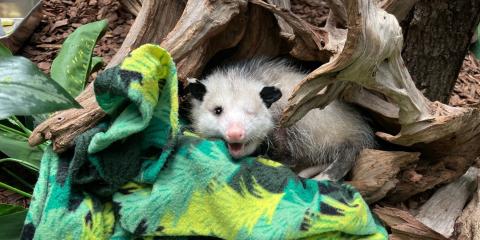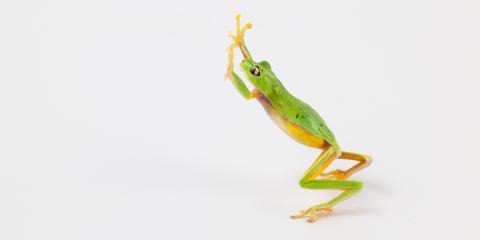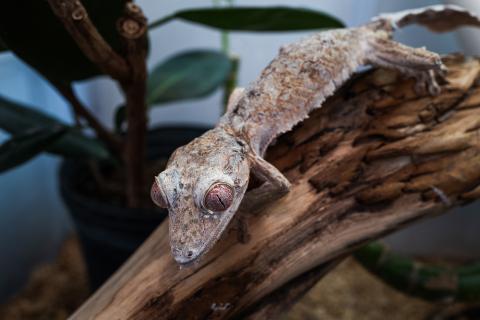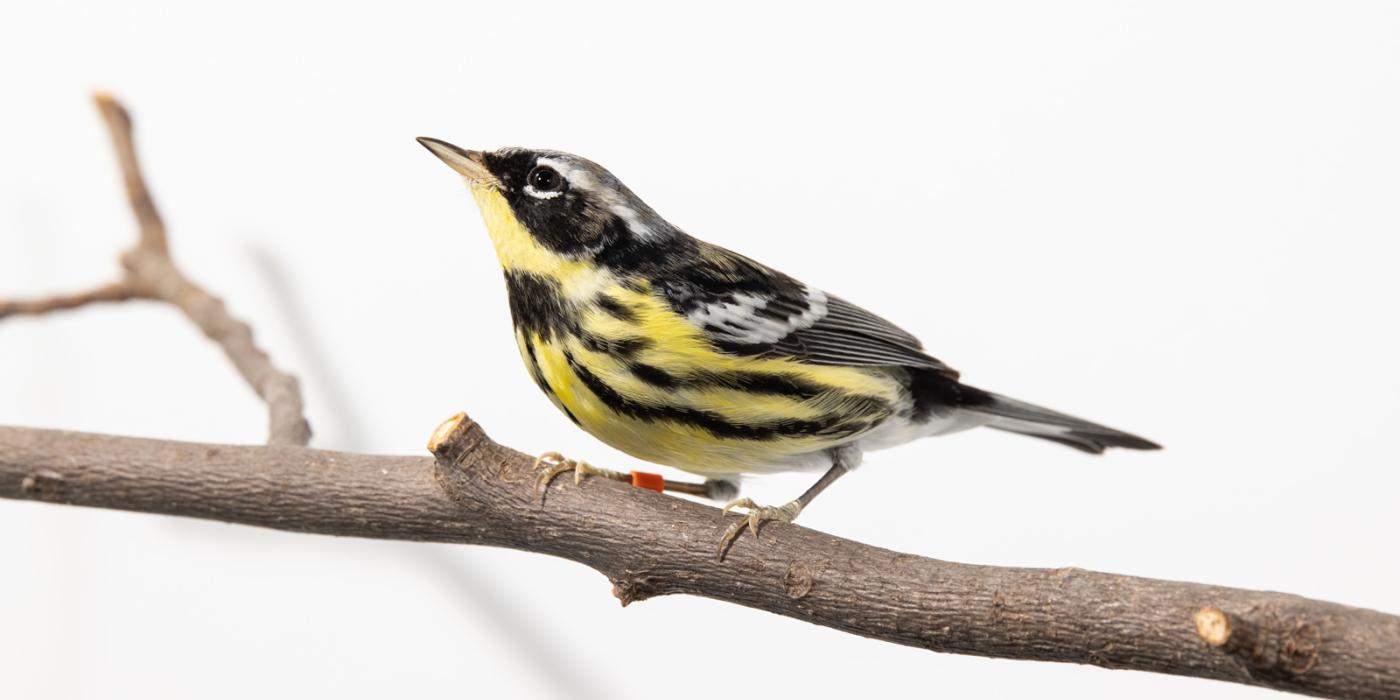Size
Native Habitat
Magnolia Warblers fly across the Gulf of Mexico and the Eastern half of the North America in the spring and fall to reach their breeding and wintering grounds, respectively. In the winter, they are most common in the Yucatan Peninsula of Mexico but are found throughout Mexico, Central America and the West Indies. During the breeding season, they can be found mainly throughout Canada and the Northeastern and Great Lakes regions of the United States.
During their seasonal migration, magnolia warblers prefer to spend time in low trees and shrubs along forest edges, wood lots and parks. In winter, they can be found anywhere from sea level to 5,000 feet in various habitats, including cacao plantations, shade coffee farms (as opposed to sun coffee farms that do not provide adequate habitat), orchards, mixed forests and thickets. In the breeding season they prefer dense stands of young evergreen trees or stands of mixed evergreen/broad-leaved trees.
Lifespan
Communication
Food/Eating Habits
Sleep Habits
Social Structure
Reproduction and Development
Male magnolia warblers arrive at the breeding grounds about 10 days before females in order to establish their territories. Males will spread their tail feathers and show off the white spots on their tails; they also do this to scare off predators and attract females.
Once a pair mates, they choose a well-hidden nest site among dense evergreen trees, such as spruce, balsam fir and hemlock. With some help from males, females create a nest made of grasses, weeds stalks and twigs lined with horsehair fungus. Magnolia warblers have clutches of three to five white eggs with variable speckles of brown, lavender, olive and gray. The females incubate the eggs for 11 to 13 days, and the offspring fledge about eight to 10 days after hatching. Both parents feed the young for up to 25 more days before they are left to fend for themselves. Females typically brood one time per year.
Conservation Efforts
Help this Species
- Be a smart consumer. Choose products made with sustainable ingredients, such as Smithsonian certified Bird Friendly coffees, which support farmers striving to limit their impact on wildlife and habitat.
- Practice ecotourism by being an advocate for the environment when you’re on vacation. During your travels, support, visit or volunteer with organizations that protect wildlife. Shop smart too! Avoid buying products made from animals, which could support poaching and the illegal wildlife trade.
- Be a responsible cat owner, and keep cats indoors or under restraint when outside. Never release animals that have been kept as pets into the wild.
- Share the story of this animal with others. Simply raising awareness about this species can contribute to its overall protection.
- Conservation starts with you! Join a citizen science project, such as FrogWatch or Neighborhood Nestwatch, where you can help collect valuable data for scientists. Encourage your friends and family to get involved too.
Animal News

Remembering Basil, Our Virginia Opossum

Happy Amphibian Week 2025


